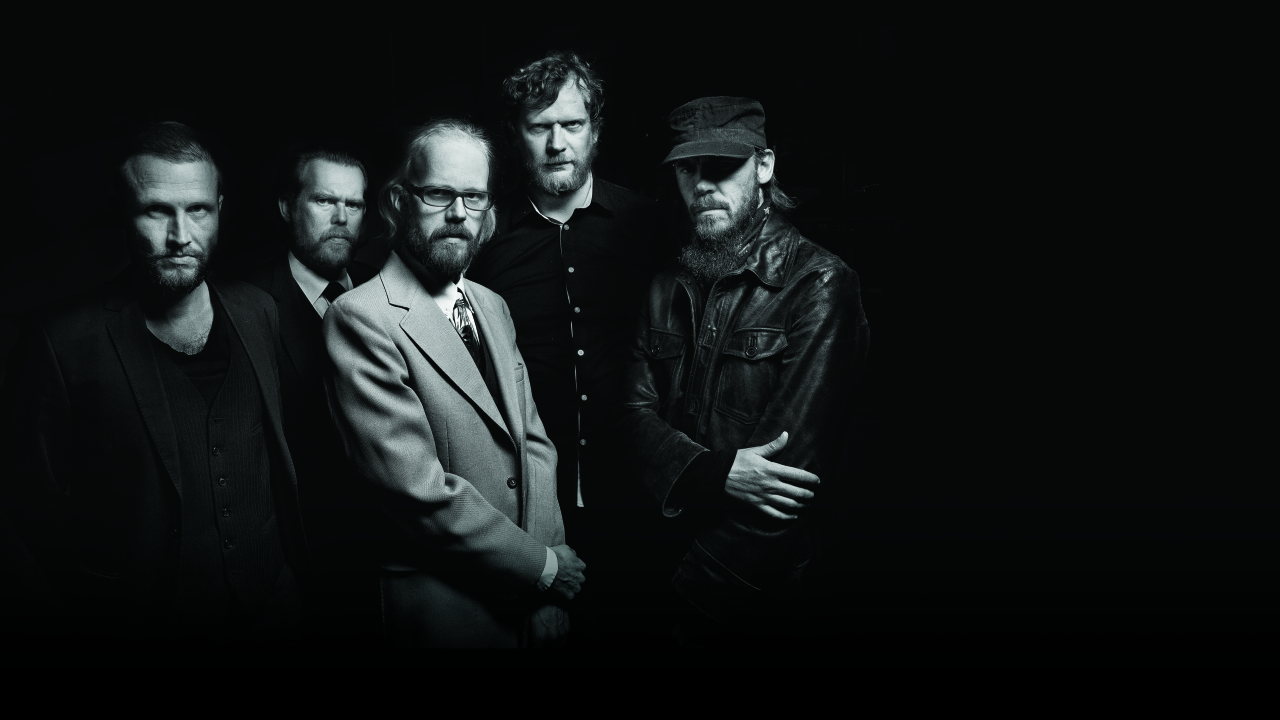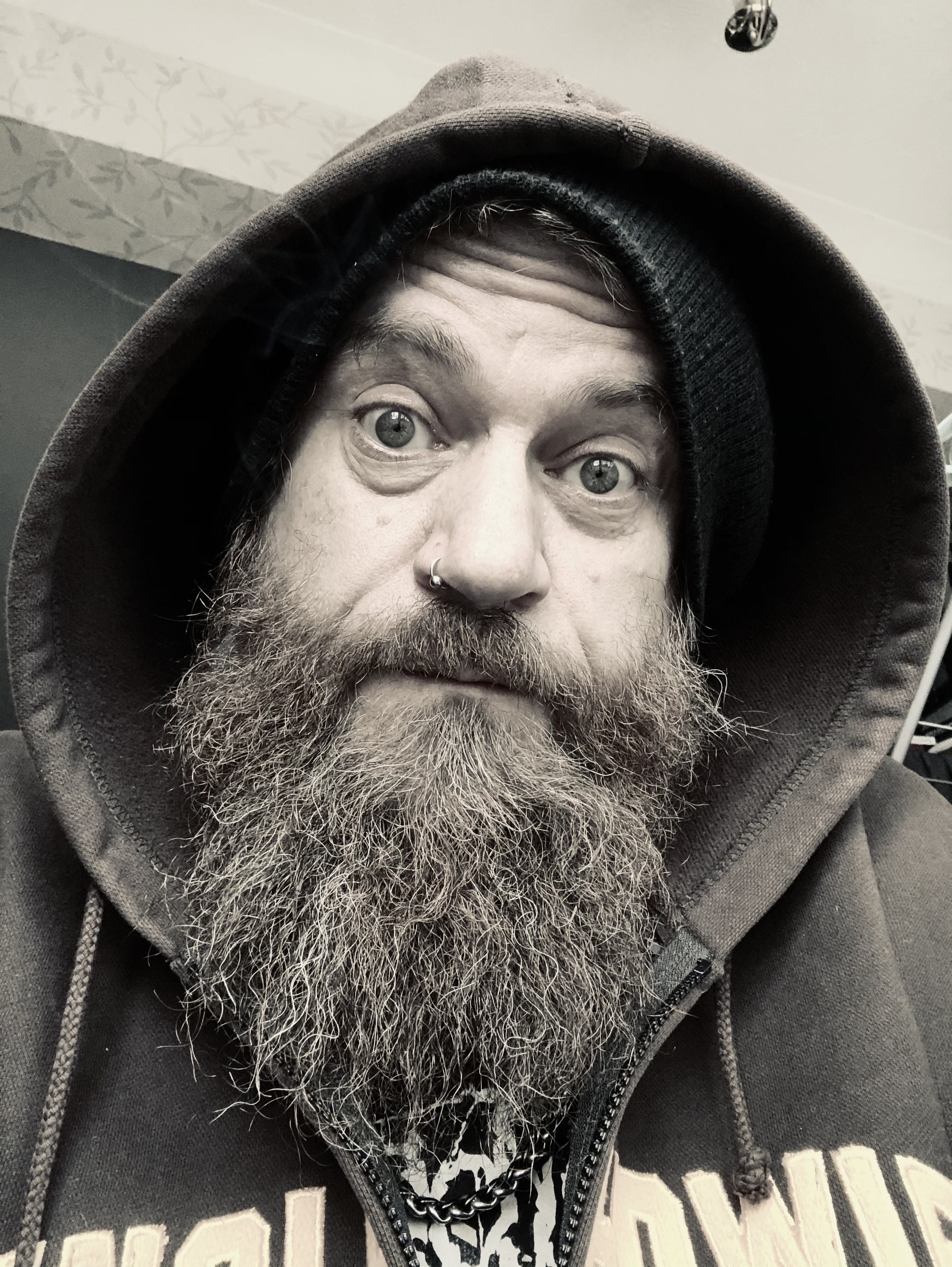With its isolated position on the world map, its foreboding landscapes and a population only slightly higher than that of Coventry, Iceland was never designed to be a powerhouse in the rock’n’roll world. And yet, Iceland’s rock and metal scenes have been punching above their weight in recent years. Whether it’s the elegant grandeur of Sólstafir, the imperiled shoegaze of Kontinuum or the Viking fury of Skálmöld, Icelandic music keeps making connections beyond its coastline and reaffirming some laudably idiosyncratic artistic values.
What is seldom acknowledged, however, is that the vast majority of Icelandic bands vying for our attention today owe a huge debt to a band that few people outside of Iceland have ever heard (of). The band are Ham – pronounced somewhere between ‘ham’ and ‘harm’, in case you were wondering – and since the late 80s they’ve been exerting a refined influence on the entire Icelandic scene; very much the country’s unsung cult heroes and most cherished curmudgeons. Currently working on the follow-up to 2011’s dark and warped Svik, Harmur Og Dauði, founder member and guitarist Sigurjón Kjartansson fondly recalls witnessing the true genesis of Iceland’s logic-defying evolution into a major musical force.
“When punk finally exploded in Iceland, people started to form bands, people like Björk, and those people built this scene in Iceland,” he explains. “I was in my early teens and very influenced by punk. I lived in a remote town where the population was only 5,000 or so, and there were probably only three guys who listened to punk! This all comes from this tiny country where nothing happens. We had one radio station at the time, state radio and a TV station that didn’t transmit on Thursdays… so it was this huge nothingness around us. There was nothing to do, so young people started coming together to form bands and open clubs where people could play punk gigs, and this culture has continued ever since.”
Despite their relatively obscure status away from home, it would be unfair to say that Ham have never made their presence felt overseas. Observant music nerds of a certain age will doubtless recall the band’s support slot on The Sugarcubes’ first major UK tour in 1989, not to mention the enthusiastic patronage of the late, great John Peel, who delighted in playing Ham’s scabrous cover of ABBA’s Voulez-Vous on his late-night Radio 1 show. That song was taken from Buffalo Virgin, Ham’s first and only release for One Little Indian Records (home to The Sugarcubes). But even though the record signalled a sharp upturn in the Icelanders’ overseas profile, Sigurjón is dismissive of its charms.
“No, it doesn’t represent us at all,” he smiles. “We made a detour with Buffalo Virgin and after that we began to focus more on what we’re all about. What that is, I can’t say! We never set out deciding to be any kind of metal band, as such. We were more influenced by Swans and The Birthday Party, more so than by any metal band. We could appreciate things like Celtic Frost and stuff like that, but we were more into what you might call the ‘no-wave scene’.”
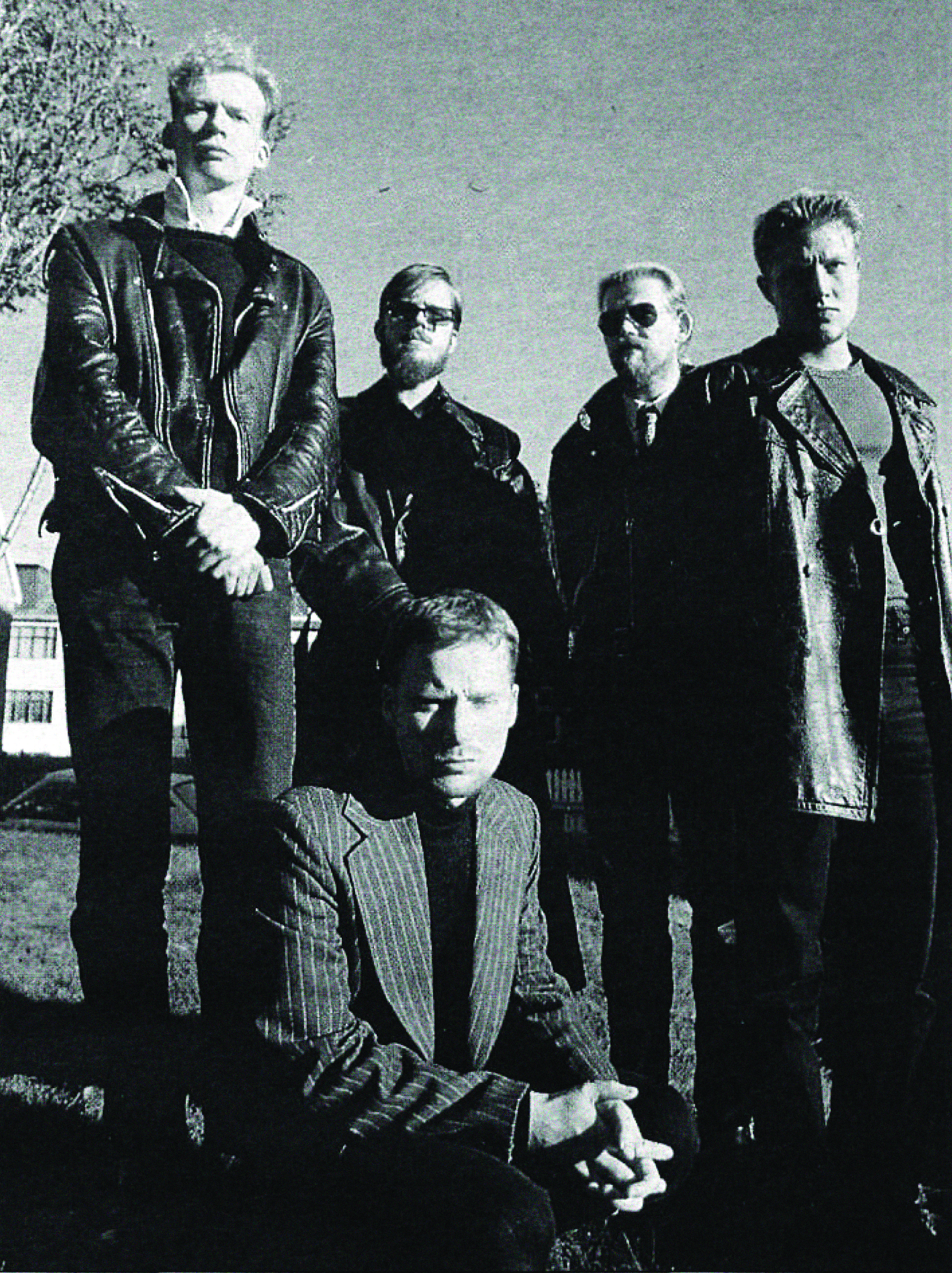
Although Sigurjón’s reference points are borne out by the excoriating rush of the songs on Svik, Harmur Og Dauði, Ham’s sound truly defies precise description. Raw, grinding and tumultuous, and underpinned by a scowling pomp worthy of Laibach, it shares some of its churning momentum with the industrial metal of the late 80s and early 90s, but the feel and force of Ham’s music is utterly distinctive: rooted in that almost obligatory Icelandic otherness, but tougher and more instinctively enigmatic than more recent celebrated examples of the country’s extreme artistry.
“We always have this darkness around us,” says Sigurjón. “It makes us who we are. We’re all men approaching 50. We all grew up in the 80s and 90s, and as young men we were high on sarcasm! We were high on horror movies and other dark things and we were probably not too friendly. We were influenced by punk, you know? Not making friends was a badge of honour. We weren’t trying to be popular. We still come from that mindset. It’s something we don’t really see in the Icelandic scene now. Everyone is so friendly, the musicians are all friends… it’s like everybody must love and be loved! But that wasn’t what we did this for.”
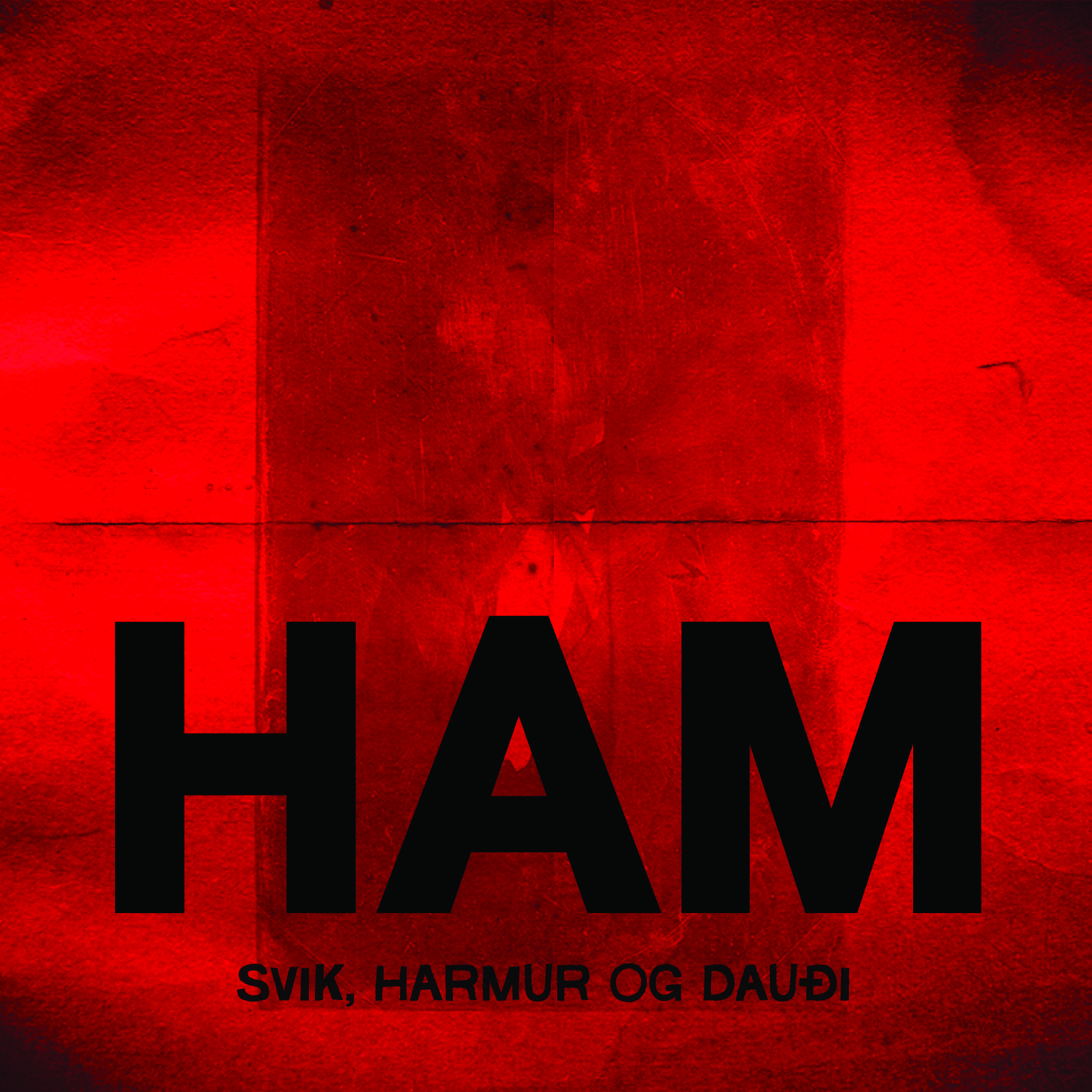
Much of the Ham legend was penned during the 90s, when the band chaotically defined the exploratory and (in both senses) ambitious nature of Icelandic music. After recruiting a new drummer in 1990 – Arnar Geir Ómarsson – Sigurjón and his cantankerous cohorts began a new decade by creating the soundtrack to cult Icelandic movie Sódóma Reykjavík (known as Remote Control in the US), a move that cemented their status as a homegrown but wilfully contrary institution. They followed that by collaborating on a batch of new Ham songs with Swans/Foetus alumnus Roli Mosimann, later released as Dauður Hestur in 1995. And then, the bright lights of New York City lured them across the water.
“In the early 90s, we kept thinking, ‘OK, if we’re going to go for this, we have to go abroad’, so we moved to New York in 1993 to try to get shows and be noticed. We were there for a few months, but it was much harder to get noticed than we’d expected! Nothing really came out of it, we ran out of money and had to go home! At that point we decided to split up.”
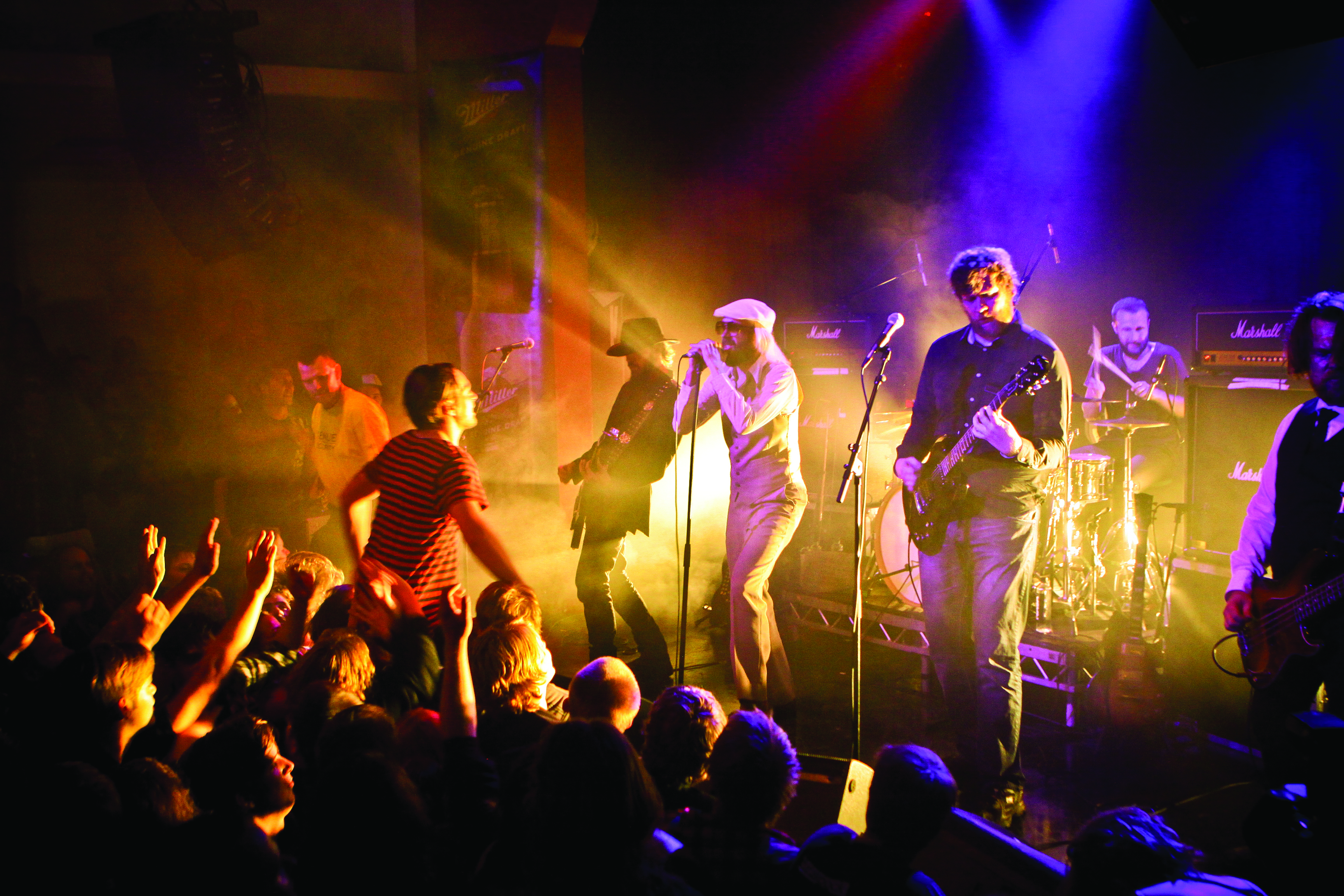
In keeping with that fine tradition of bands splitting up at the height of their powers, Ham called it a day in 1994, performing one final gig that was later released as live album Lengi Lifi. Sigurjón and his colleagues veered off in a variety of peculiar directions, forming new bands and steadily refocusing themselves on normal life. Then the Germans came to town…
“In the late 90s, people were starting to listen to Rammstein in Iceland and many people thought that they were imitating us!” Sigurjón laughs. “In 2001, when Rammstein were going to play in Iceland, we started to feel great pressure from the promoters and everybody for us to reform and support them. We had all stayed friends and we were curious to find out if we wanted to play more. We did the Rammstein gig and it was a great success. We did two other gigs at a club and there were more people than had ever attended our gigs before… or all our concerts combined! That was very gratifying and after that, the band started to grow again. It needed to be fed, so I started to write more music and that became Svik, Harmur Og Dauði.”
There is a sense that for many in the Icelandic scene, Ham’s pioneering adventures are far more significant than the band themselves seem to think. The riotous reception that they receive at their near-annual appearances at Iceland’s esteemed Eistnaflug metal fest speaks volumes about how important they are to their fellow countrymen, but Sigurjón is reluctant to be hailed as any kind of cultural godfather.
“Well no, I don’t think I have any advice for Sólstafir or any of those guys because they’re doing it so well their own way,” he shrugs with a grin. “Unless they can learn from our mistakes in some way, of course! I feel respect from them and they come to us and tell us they have their favourite Ham songs. Even the guys from Sigur Rós have shown their appreciation to us. It’s nice but it’s not like we are the experts and they are the pupils. Ha ha ha!”
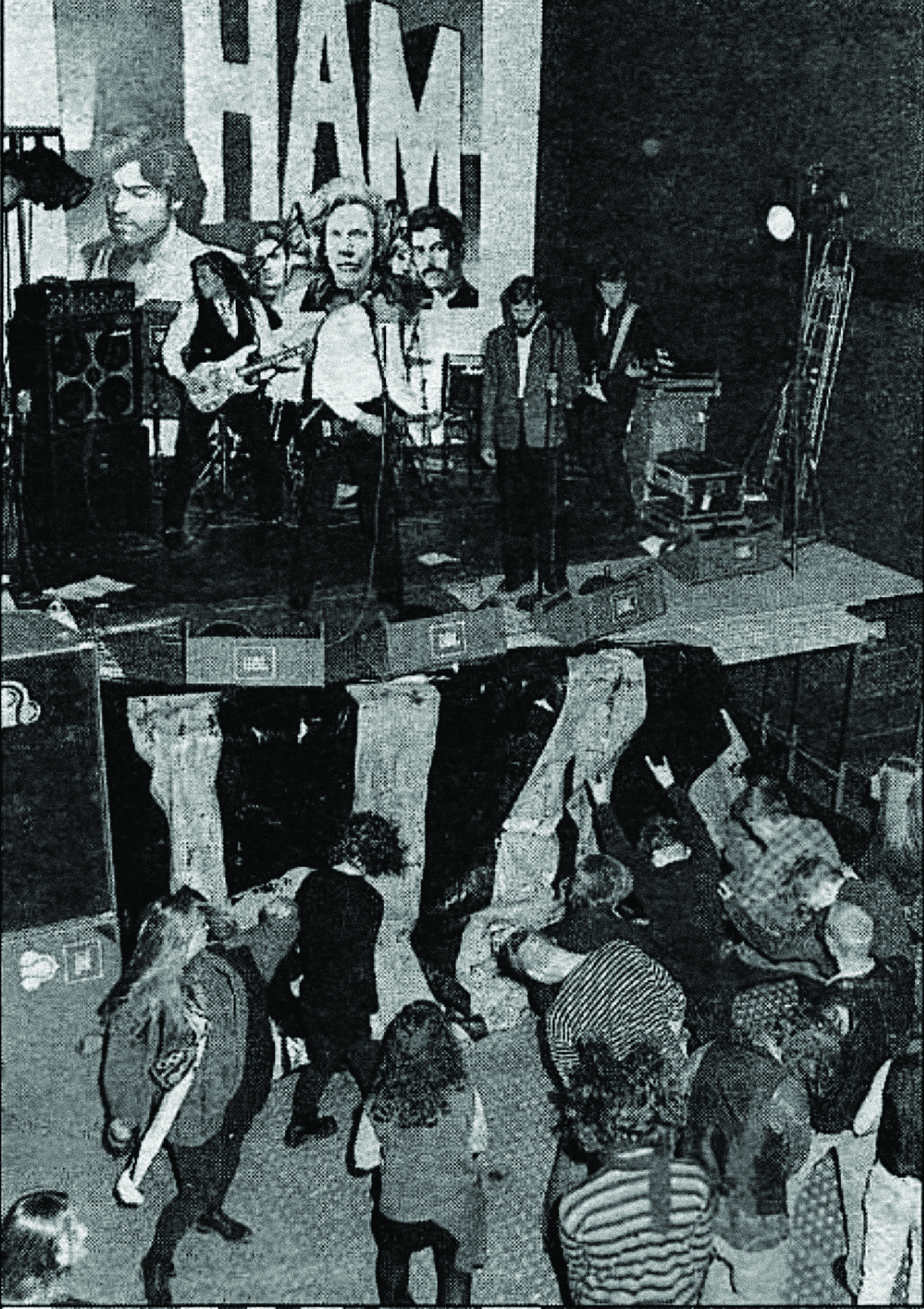
It may often seem that punk rock’s disobedient ethos is lying crumpled and defeated in a ditch somewhere, but Iceland’s most legendary underground band continue to fly the flag with a mixture of enthusiasm and instinct. Sigurjón states cheerfully that his band have no intention of going on tour any time soon – or, indeed, ever – and that they are perfectly content to remain largely off the radar. As with many of life’s hidden curiosities, to experience Ham first-hand, you simply need to know where to look.
“We’re happy where we are and our ambition is not to tour,” says Sigurjón. “We’re pretty busy people. The bass player works at City Hall as a politician. I’m a writer and producer. I’m working on a series that will be shown on the BBC next winter. We are all happy family men and we’re not into that lifestyle. So we are very happy to just be making music and playing shows from time to time. If you want to see us, maybe you should come to Iceland!”
HAM PLAY EISTNAFLUG FESTIVAL, WHICH RUNS FROM JULY 8-11
